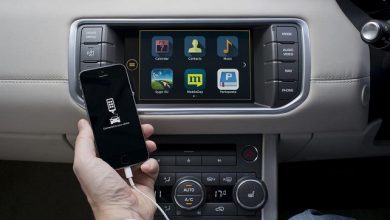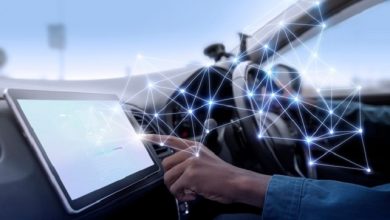Jaguar Land Rover working on 'Autonomous All-Terrain Driving'
Published: July 12, 2016
Jaguar Land Rover (JLR) has recently taken a new initiative into the development of autonomous off-road driving. The auto giant has launched new technology, which would allow future autonomous cars to drive themselves over any surface or terrain. The new project known as the Autonomous All-Terrain Driving, the research project aims to make the self-driving car capable over all surfaces, in all environments.
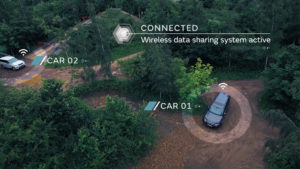
Rather than moving on smooth roads, the technology enables the JLR vehicles to drive anywhere in the world. According to the company, the sensors used in this type of car have capabilities to see better than a human driver. The vehicle’s high levels of artificial intelligence makes it suitable to adapt to any kind of surrounding.
Tony Harper, Head of Research, Jaguar Land Rover, said:
Our all-terrain autonomy research isn’t just about the car driving itself on a motorway or in extreme off-road situations. It’s about helping both the driven and autonomous car make their way safely through any terrain or driving situation. We don’t want to limit future highly automated and fully autonomous technologies to tarmac. In the future, if you enjoy the benefits of autonomous lane keeping on a motorway at the start of your journey, we want to ensure you can use this all the way to your destination, even if this is via a rough track or gravel road.
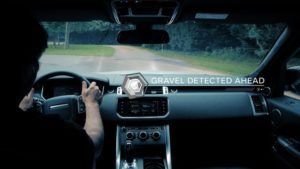
In order to plan a route in the best possible manner, the setup of cameras, ultrasonic, radar and LIDAR determines surface characteristics beforehand. Both Jaguar and Land Rover products will use Surface Identification and 3D Path Sensing to give the car a 360-degree view of the world around them.
This wireless V2V communication system shares information including vehicle location, wheel-slip, changes to suspension height and wheel articulation, as well as All-Terrain Progress Control (ATPC) and Terrain Response settings instantly between the two vehicles.
Not only what’s beneath the wheels, JLR’s new technology can also sense overhanging branches and barriers using something called Overhead Clearance Assist. In addition to that, it can scan up to five metres in front of the car, enabling the Terrain Response system to automatically change before the car reaches things like snow, grass or sand. It works in reverse, too, and can sense impending tarmac or gravel.
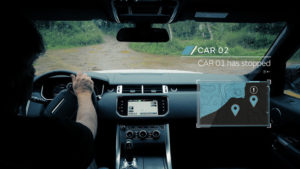
The technology, which is also stated to be the eyes of the future autonomous car will be launched soon in the commercial as well as passenger vehicles. However, it could take a few years to be available and is also expected to carry a premium to begin with, before being fitted as standard on later models.


